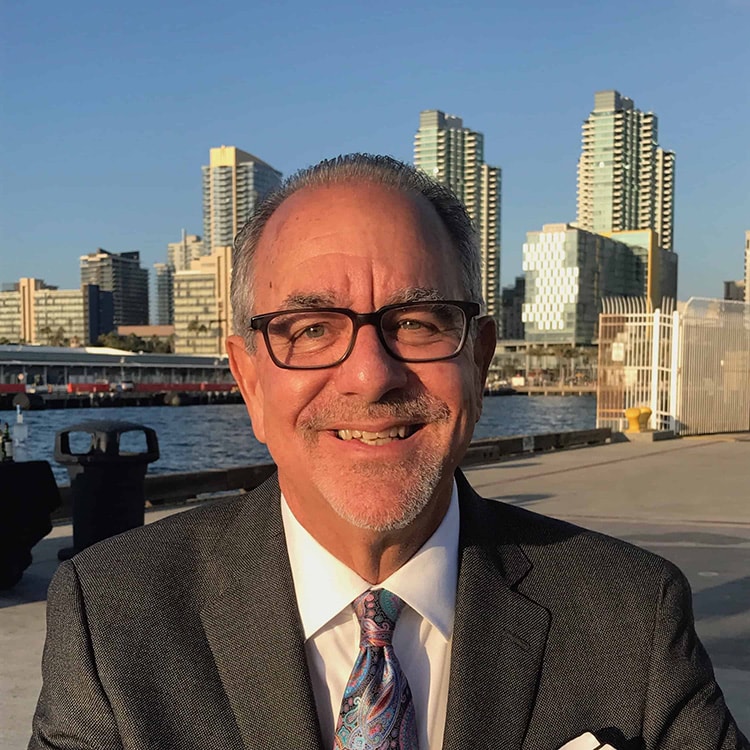
A New Conversation About Harm Reduction
There is a fine line between normalizing drug use and ending the stigma against it. Some worry that harm reduction measures, such as providing safe spaces for drug use, may tip the scales toward normalization. Others believe these measures could save lives, and that’s all that matters to them.
This conversation came to the forefront again last month, after Governor Newsom vetoed a bill that would have allowed safe injection sites throughout California. Those for safe injection sites are angry. Those against them are relieved. However, we must look at the factors at the heart of Newsom’s decision.
Could his veto have been a political decision? Possibly. More likely, however, he wanted to see stricter regulations for these centers—and that’s something Scott Silverman agrees with.
We must install harm reduction measures with care and consideration.
Newsom claims that the bill, if allowed to go through, would have allowed these centers to open unchecked. He worries about the negative consequences of safe injection sites ten years down the road, and he is right to worry. Overdose deaths are climbing in lax states like Oregon and New York. Decriminalizing opioids and providing users with safe spaces are not working to end the epidemic. In fact, these measures may be working against that goal.
But that leaves the question: How do we do it? How do we erase the stigma against substance use disorder while being careful not to permit it? How do we encourage people to carry Narcan and seek help while refusing to provide a safe space?
The answer to these questions regarding harm reduction is balance.
Newsom has stated that he would be interested in discussing a limited pilot program for safe injection sites. Right now, there are places for those dealing with opioid addiction to obtain Narcan, dispose of dirty needles, obtain clean needles, and even get help if they seek it.
The only problem is addicts don’t usually seek help—at least, not until they hit rock bottom (and only if they survive the fall). More often than not, Scott speaks to family members and loved ones of addicts who are concerned on behalf of the person dealing with substance use disorder.
Harm reduction sites could provide a fantastic opportunity to connect with addicts before they hit rock bottom.
Yes, provide a safe space for opioid addicts to get their fix. Have medical professionals on standby, provide clean paraphernalia, and put up a poster about how no addict should feel ashamed about this problem.
But acknowledge that addiction is a problem.
Don’t just provide the space, check on the addict, and send them on their way. Intervene. Take this golden opportunity and run with it. Provide in-house counseling. Ensure the person using the space knows about various treatment opportunities and sobriety programs.
Think about it: Are you more likely to try a new treatment because you glanced at a poster in the waiting room or because your doctor sat down with you, looked you in the eye, discussed the idea with you, answered your questions, and put your concerns to rest?
Harm reduction measures like safe injection sites could make a life-changing impact on our society, but only if done right.
If you are facing a situation with a loved one, spouse, or even a child that has started to spiral, please call me at 619-993-2738.
(c) 2022 Scott H Silverman. All Rights Reserved.
Categories
Addiction News Harm Reduction Opioid Epidemic
